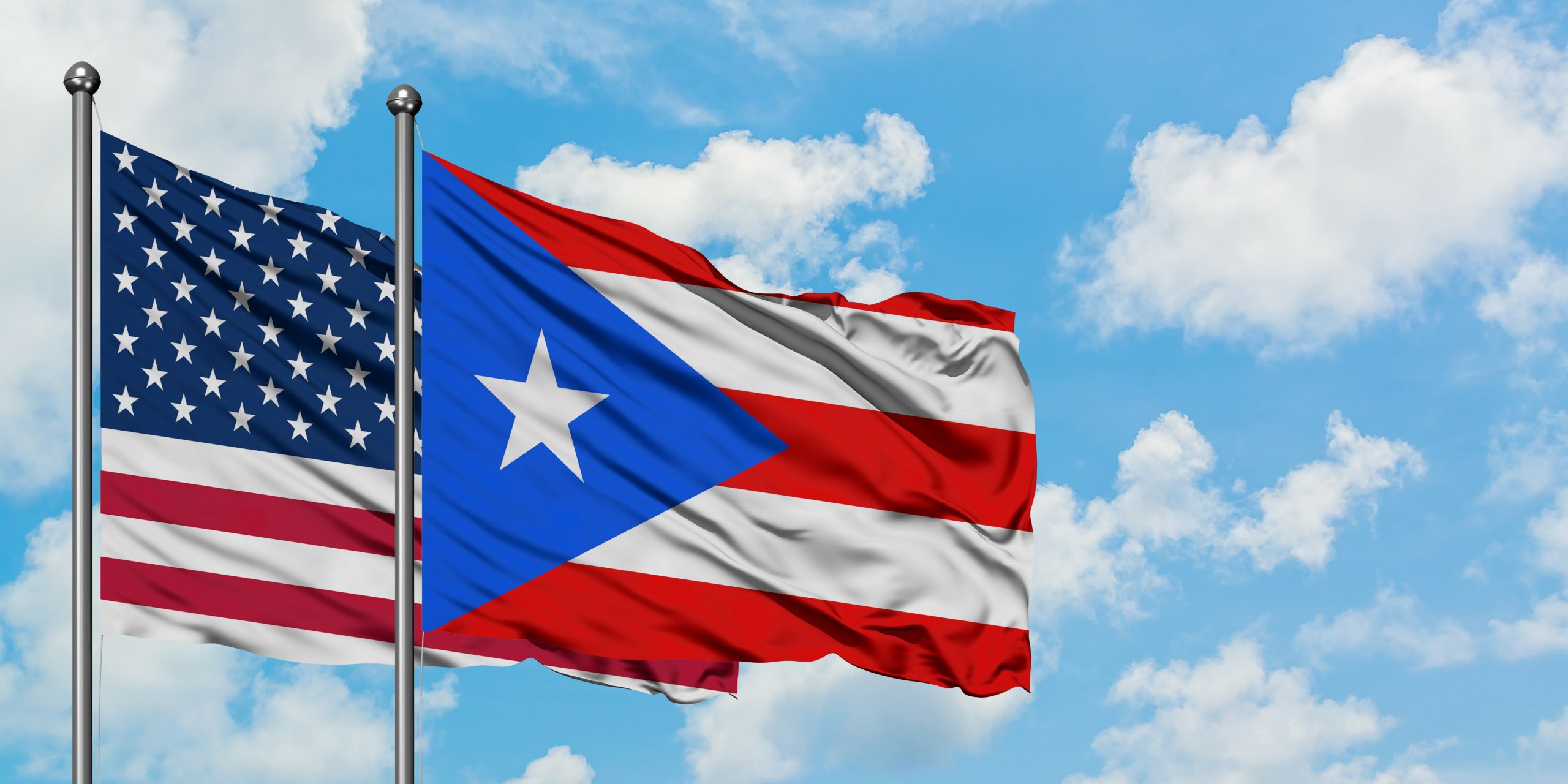Billed as America’s onshore bio-island, Puerto Rico houses a significant number of pharmaceutical manufacturers. But more is needed so the US is not held hostage to other countries for active pharmaceutical ingredients (APIs).
Eighty years ago, the US commercialized antibiotic manufacturing. One estimate is that in the US alone, antibiotics save 200,000 lives annually and add 5-10 years to average life expectancy. Until the early 2000s, the US lead global production. Now virtually all US antibiotic APIs (Active Pharmaceutical Ingredient) are imported, most from China. One small US plant remains.
Billions of doses of ibuprofen help Americans cope with chronic and occasional aches and pains. Ninety-five percent of that API was imported from China in 2019 .
These are two visible examples of our current situation. Much of the US drug supply — especially the APIs, but finished product as well — is imported. A high percentage (72%) of the 94 API’s ranked as essential by the FDA have no US source.

This is a serious problem. If our pharmaceutical API supply chain is interrupted, developing local supplies would take years. It is an existential threat to more than 330 million Americans.
It is long past time to bring pharmaceutical manufacturing back to the US. There is no better place to reshore than Puerto Rico, USA.
As a commonwealth of the US, Puerto Rico is the same as any of the other 50 states for almost all practical purposes. Currency, law, customs and immigration, education, citizenship, and more are identical.
In the 1960s, Puerto Rico focused on developing the pharmaceutical industry. The result was the world’s densest concentration of pharmaceutical, biological, and medical device manufacturing. Fifty-four pharmaceutical and biological manufacturing plants call Puerto Rico home. In fact, half of the 10 best-selling drugs in 2018 were made in Puerto Rico, including Humira by Abbvie, Eliquis by BMS & Pfizer, and Enbrel by Amgen & Pfizer, according to GEN’s list. Forty medical device manufacturers make insulin pumps, knee joints, IV bags, contact lenses, and more. Virtually all of the top US manufacturers are represented.

One reason the pharmaceutical industry left the US is labor cost. It is difficult, though not impossible, to compete with countries that sometimes pay as much a day as a US company pays per hour. Higher productivity in the US makes up for some of that gap. Fortunately, technology and automation keep eating away at the labor cost. A process that required 10 operators 20 years ago, may now produce twice as much with a single operator.
Other countries may be good at cheaply providing 10 unskilled bodies. Puerto Rico excels at providing one highly skilled operator, as well as the technicians, engineers, support staff, and others required to make automation viable. A highly competent workforce from operators to plant managers is Puerto Rico’s real competitive advantage.
Pharmaceutical manufacturing requires specialized infrastructure to support it. Calibration, testing and certification laboratories, specialized construction contractors, component and supplies vendors, specialty fabrications shops, and other companies have developed to support the industry. Some have been successful enough to expand to the upper 50 states and Europe.
The US cannot afford to rely on the world’s good will. It may not have any. The US needs a strong domestic drug supply. It is time to bring manufacturing of essential APIs home.




